Effective Letter to Staff Template for Clear Communication
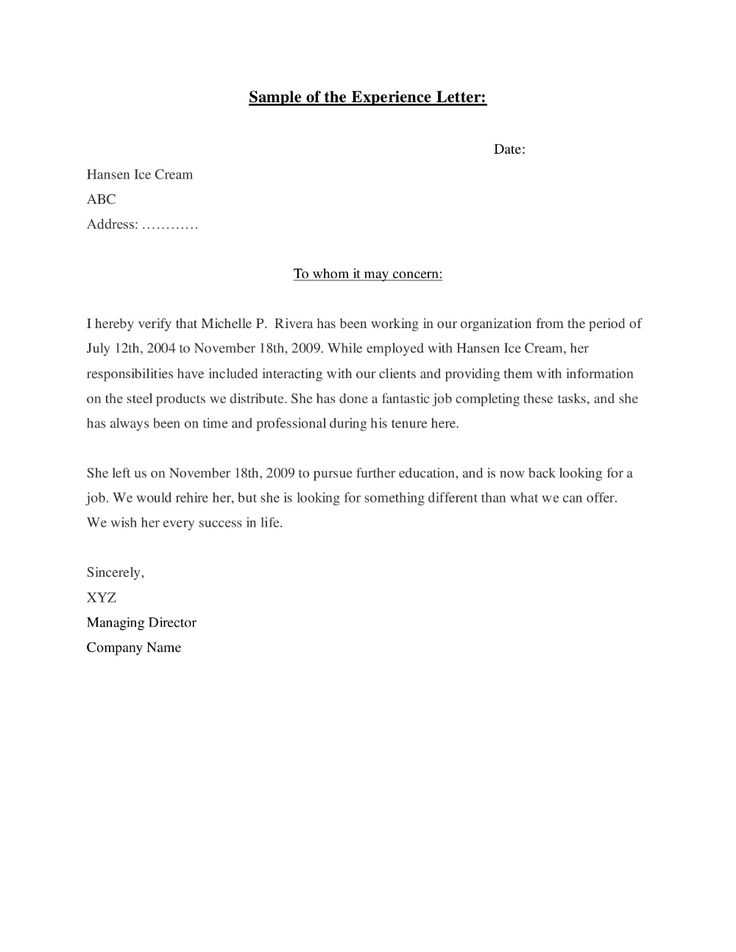
Importance of Clear Communication in Teams
Effective interaction within a group is the cornerstone of a productive work environment. When team members understand each other clearly, collaboration becomes more efficient, leading to better outcomes. Without proper communication, even the most skilled individuals can struggle to align their efforts, resulting in confusion and missed opportunities.
Being able to convey ideas, expectations, and concerns in a structured and concise manner promotes understanding and reduces potential conflicts. Whether you’re delivering instructions or providing feedback, clear messaging ensures that everyone is on the same page, improving both individual performance and collective progress.
Key benefits of clear communication in teams:
- Enhanced productivity: Clear guidance helps everyone stay focused on goals, reducing time spent on clarifying misunderstandings.
- Stronger relationships: Transparent communication builds trust and respect among colleagues, creating a more positive work environment.
- Efficient problem-solving: When everyone understands the issues at hand, finding solutions becomes quicker and more effective.
- Increased motivation: Team members who feel informed and included are more likely to stay engaged and committed to their tasks.
Ultimately, strong communication is crucial for achieving team goals and fostering a culture of openness and collaboration. Whether you’re addressing concerns, sharing updates, or motivating your team, ensuring that your messages are clear, respectful, and purposeful is essential for success.
Crafting an Effective Message for Employees
Creating a well-structured and clear communication piece is vital when addressing your team. A carefully crafted message ensures that your intentions are understood, setting the tone for a productive and harmonious environment. The clarity and precision of your words can motivate, inform, or guide individuals toward achieving common objectives.
When composing such a message, several elements are crucial for its success:
- Clear purpose: Define the reason behind your communication. Whether it’s to share updates, provide feedback, or express gratitude, knowing the objective will shape your message.
- Concise language: Avoid unnecessary complexity. Be direct and to the point, ensuring that the key information is easily digestible.
- Respectful tone: Even in challenging situations, maintaining professionalism and respect is crucial to keeping morale high.
Key Steps in Structuring Your Message
- Start with a greeting: Address your team appropriately, whether it’s formal or informal, depending on your workplace culture.
- State the purpose early: Make it clear why you’re writing and what you aim to accomplish with the communication.
- Provide necessary details: Share all relevant information succinctly to ensure that the recipients understand the context and what is expected.
- End with a call to action: Conclude with specific instructions or next steps, guiding your team on how to proceed.
Common Pitfalls to Avoid
- Vagueness: Avoid being too ambiguous or leaving important details out that may lead to confusion.
- Overloading with information: Keep the message focused. Too many points can dilute the importance of the core message.
- Disrespectful language: Even if delivering difficult news, always maintain a professional and empathetic tone to prevent misunderstandings.
By following these steps, you can ensure that your messages are effective, well-received, and contribute to a more productive and engaged team.
Key Elements to Include in Correspondence
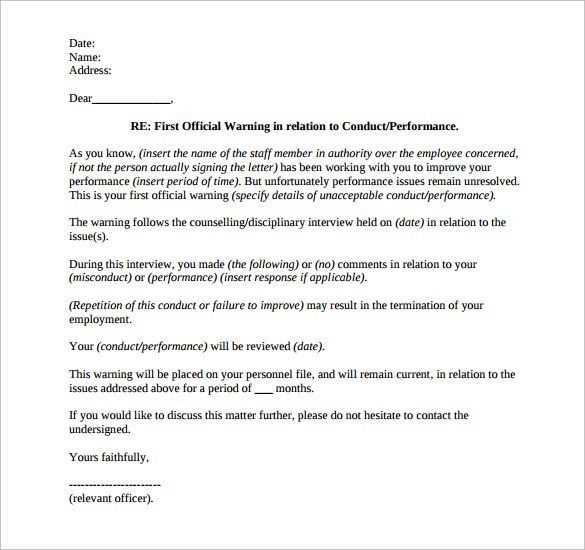
When composing a message for your team, it’s essential to ensure that all the necessary information is included for clarity and understanding. A well-rounded communication piece should cover the most important points to avoid any confusion and to help recipients take appropriate action. Including the right elements will improve the effectiveness of your message and help achieve its intended purpose.
Core Components of a Message
- Clear subject or purpose: Always make sure to begin with a clear indication of what the communication is about. This will guide the recipient’s expectations and set the tone for the rest of the content.
- Introduction: A brief opening to introduce the context of the communication. This helps to establish why the message is being sent and prepares the recipient for the information to follow.
- Relevant details: Provide all the necessary facts or instructions, organized logically so they are easy to understand. Avoid overloading with unnecessary information.
- Actionable instructions: If the communication requires a response or action, make sure to clearly outline what is expected from the recipient, including deadlines or steps to take.
- Closing remarks: A courteous closing statement can reinforce the message’s intent and offer appreciation, ensuring a positive tone at the end.
How to Maintain Clarity and Relevance
- Be concise: Stick to the essential information. Avoid long-winded explanations that may distract from the main points.
- Be specific: Ensure that each piece of information is precise and unambiguous to avoid confusion.
- Provide context: If the communication involves new initiatives or policies, provide enough background for better understanding.
Incorporating these key elements into your message ensures that it is informative, clear, and actionable, which helps maintain effective communication within your team.
How to Handle Different Employee Issues
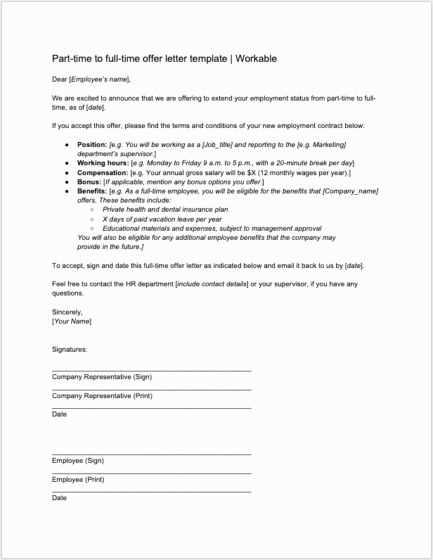
Addressing various concerns within a team requires a thoughtful and considerate approach. Each issue, whether personal or professional, demands a tailored response to ensure that the underlying problem is resolved effectively. Whether you’re dealing with performance issues, interpersonal conflicts, or personal matters, clear communication is key to addressing the situation with care and respect.
Managing Performance Challenges
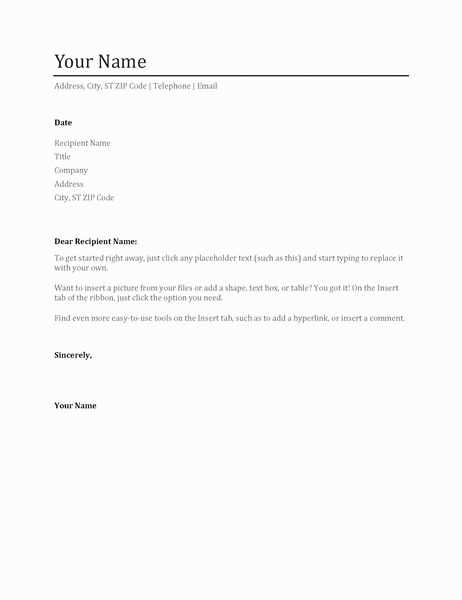
- Identify the root cause: It’s essential to understand why performance is lacking. Whether it’s due to a lack of resources, unclear expectations, or personal issues, getting to the heart of the problem is the first step in finding a solution.
- Provide constructive feedback: Offer specific examples of areas for improvement and discuss how the employee can enhance their performance. Be positive and focus on growth.
- Set clear goals: Work with the employee to set achievable goals that are measurable, providing a clear path for improvement and tracking progress over time.
Dealing with Interpersonal Conflicts
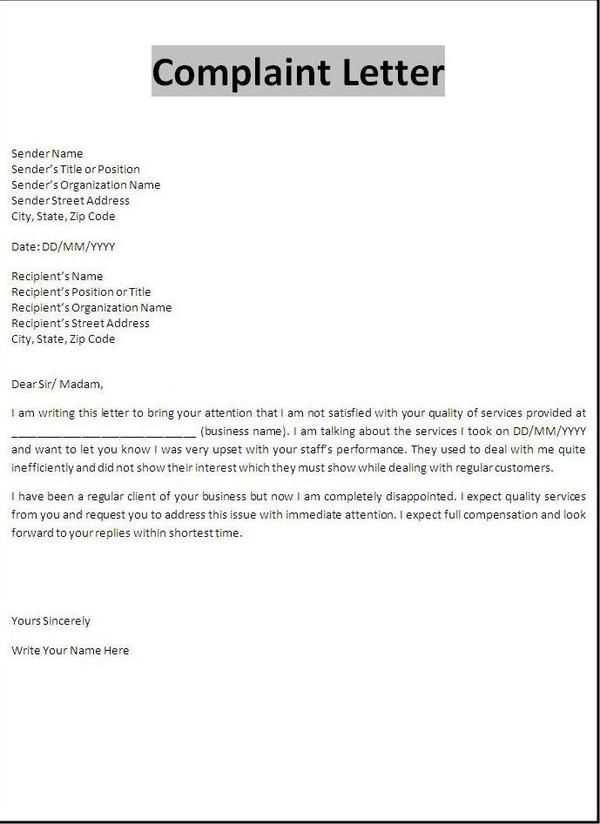
- Listen to both sides: Ensure that each party has an opportunity to express their concerns without interruption. This helps in understanding the different perspectives and identifying potential misunderstandings.
- Encourage open dialogue: Promote a healthy conversation where all parties can share their views calmly and respectfully. It’s important to facilitate resolution rather than dictate it.
- Offer mediation if needed: Sometimes a neutral third party can help resolve conflicts by guiding the conversation and helping find common ground.
Handling different issues with empathy and professionalism creates a positive work environment where employees feel supported and valued. By addressing concerns promptly and respectfully, you foster trust and contribute to long-term team success.
Best Approaches for Tone and Style
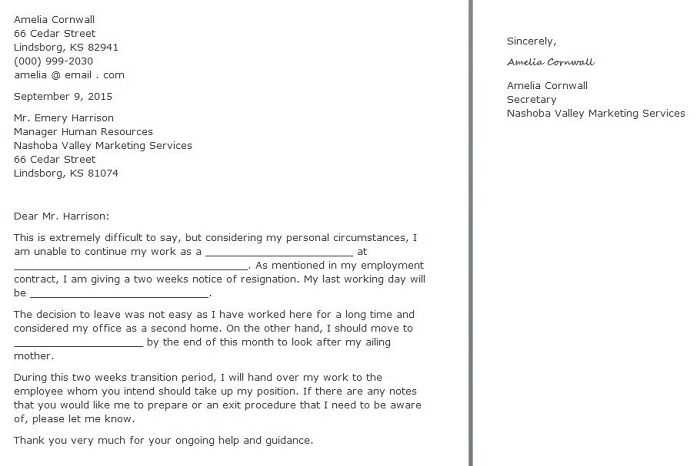
Establishing the right tone and style when communicating with your team is crucial for fostering a positive and productive environment. The way you express yourself can influence how your message is received and understood. Whether you’re addressing concerns, giving feedback, or providing updates, it’s important to maintain a tone that promotes respect and clarity while aligning with the overall goals of the communication.
When choosing the appropriate tone, consider the nature of the message and the relationship with the recipient. A supportive and encouraging tone is ideal for offering guidance, while a more direct and firm tone might be necessary for addressing issues or enforcing policies. However, regardless of the situation, the tone should always remain professional and considerate.
Additionally, the style of your communication should be clear and precise. Avoid unnecessary jargon and ensure that the message is easily understandable. Being concise and to the point will prevent any confusion and help the recipient focus on the key information. In all cases, the goal should be to foster an open, respectful, and effective line of communication with your team members.
Adapting Templates for Various Scenarios
Adjusting communication for different situations is a vital skill in maintaining clear and effective interaction with team members. Each scenario, whether it’s a routine update, an urgent message, or addressing a sensitive issue, requires a slightly different approach in both content and structure. Understanding how to tailor your message based on the context ensures that the communication is both appropriate and impactful.
By adapting the structure and tone, you can make sure that the content resonates with the recipient, whether you’re delivering a positive message, offering constructive criticism, or providing important instructions. Different circumstances demand a flexible approach that can adjust to the specifics of the situation while maintaining professionalism.
| Scenario | Approach | Key Focus |
|---|---|---|
| Performance Review | Supportive and constructive tone | Growth, improvement, and goal-setting |
| Team Update | Clear and informative | Information delivery and clarity |
| Conflict Resolution | Neutral and diplomatic | Understanding, compromise, and resolution |
| Urgent Notification | Direct and immediate | Urgency, importance, and action |
By understanding the nuances of each situation, you can adapt your communication strategy to ensure clarity, foster a positive atmosphere, and achieve the desired outcomes.
Common Errors to Avoid in Workplace Letters
Effective communication is essential in the workplace, but there are several common mistakes that can undermine the impact of your messages. Avoiding these errors is crucial to ensure clarity, professionalism, and positive relationships within the team. The way you convey information can significantly influence how your message is received and acted upon, so being mindful of potential pitfalls is key.
One common mistake is using an overly formal or impersonal tone when a more approachable style is appropriate. This can create a barrier between you and the recipient, making the message feel distant or unwelcoming. On the other hand, being too casual can sometimes diminish the importance of the content or give the impression of unprofessionalism.
Other errors include:
- Failing to be clear and concise: Overly wordy or vague messages can confuse the reader, leading to misunderstandings or a lack of action.
- Ignoring the recipient’s perspective: Not considering how the recipient may interpret your message can result in a tone that feels harsh or out of touch.
- Overusing jargon or technical language: While specific terms may be necessary in some contexts, excessive use of jargon can alienate those who may not be familiar with the terminology.
- Neglecting to proofread: Spelling and grammatical errors can make you appear careless and reduce the credibility of the message.
By recognizing and avoiding these common mistakes, you can ensure your messages are received positively and lead to the desired outcomes in the workplace.